Rare hybrid solar eclipse 2023 delights South Pacific skywatchers (photos)
The next hybrid solar eclipse won't be until 2031.
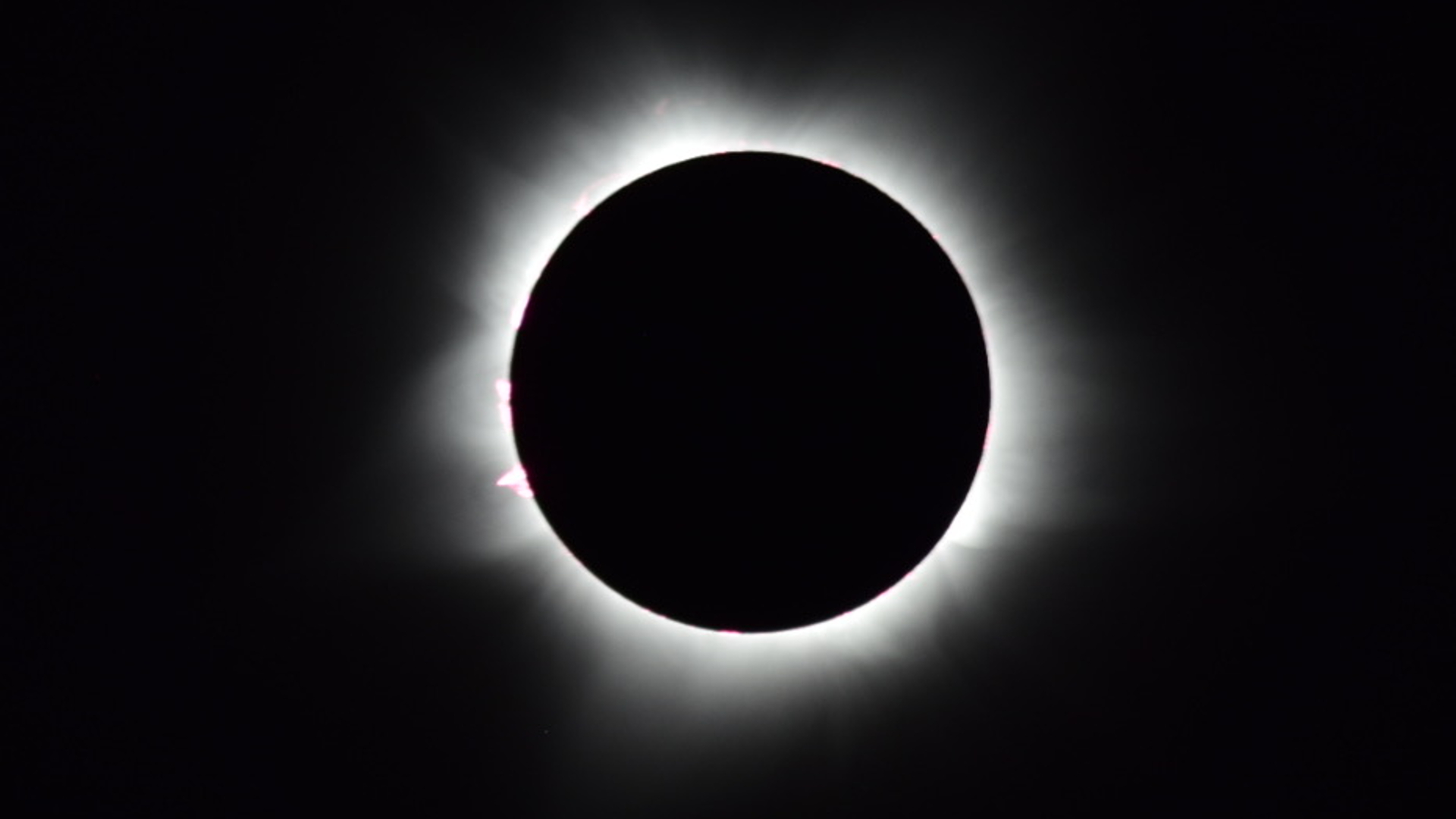
The first hybrid solar eclipse in a decade did not disappoint!
At 9:36 p.m. EDT on April 19 (0136 GMT on April 20) the rare hybrid solar eclipse swept over the South Pacific, with the moon's shadow passing over western Australia, East Timor and Indonesia.
A hybrid solar eclipse changes from total solar eclipse to annular (ring-shaped) as the moon's shadow moves across the surface of the Earth. The last hybrid solar eclipse happened in 2013, and the next will occur in 2031, only seven of this type of eclipse will occur in the entire 21st century! With different eclipse stages visible at various locations, the eclipse made for an interesting target, and skywatchers from across the South Pacific shared their experiences online. We round up some of the best photos and videos here.
Related: Solar eclipses 2023: When is the next solar eclipse?
Remember, NEVER look at the sun without adequate protection. Our how to observe the sun safely guide tells you everything you need to know about safe solar observations. The guide also informs you on what solar targets you can look out for and the equipment needed to do so.
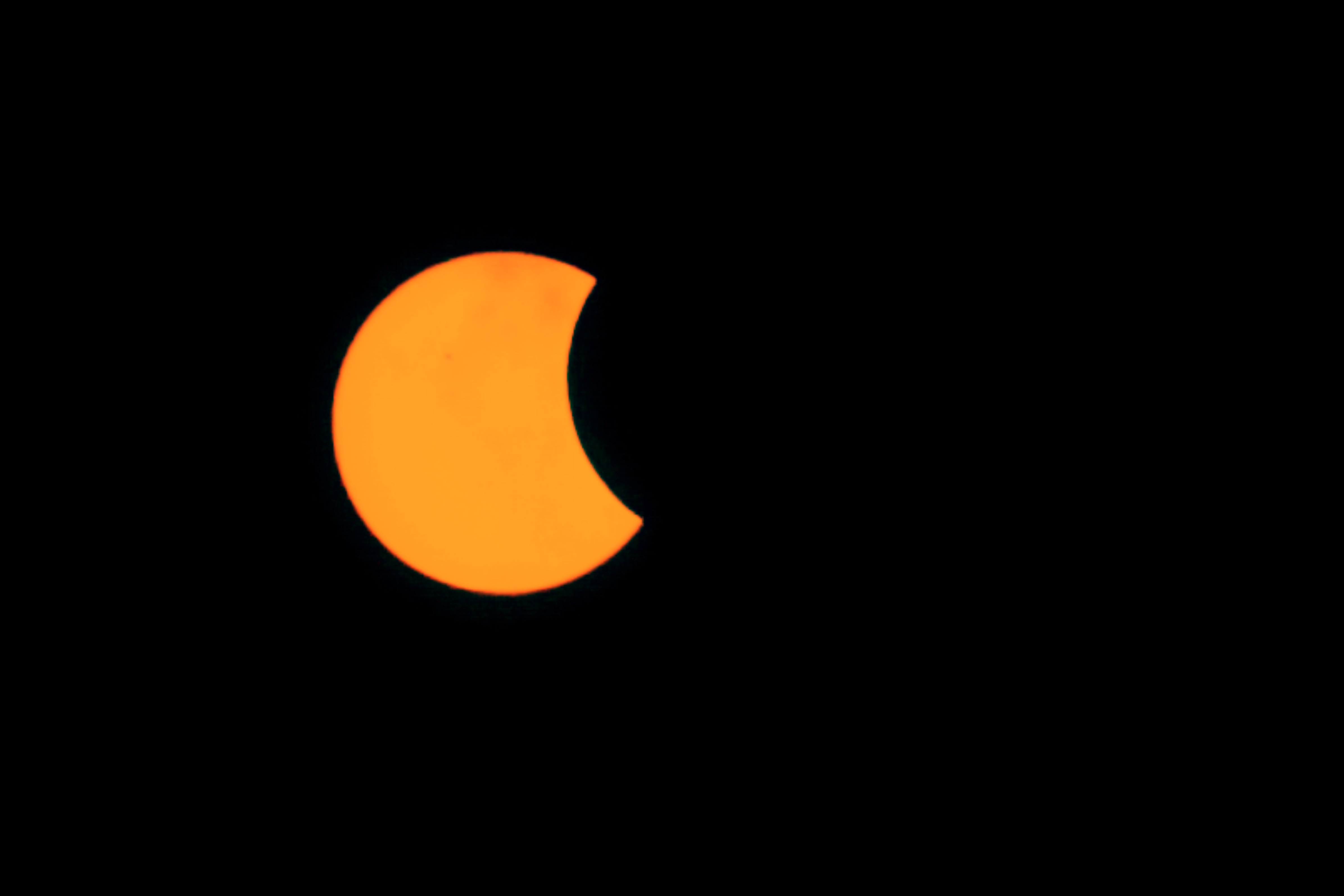
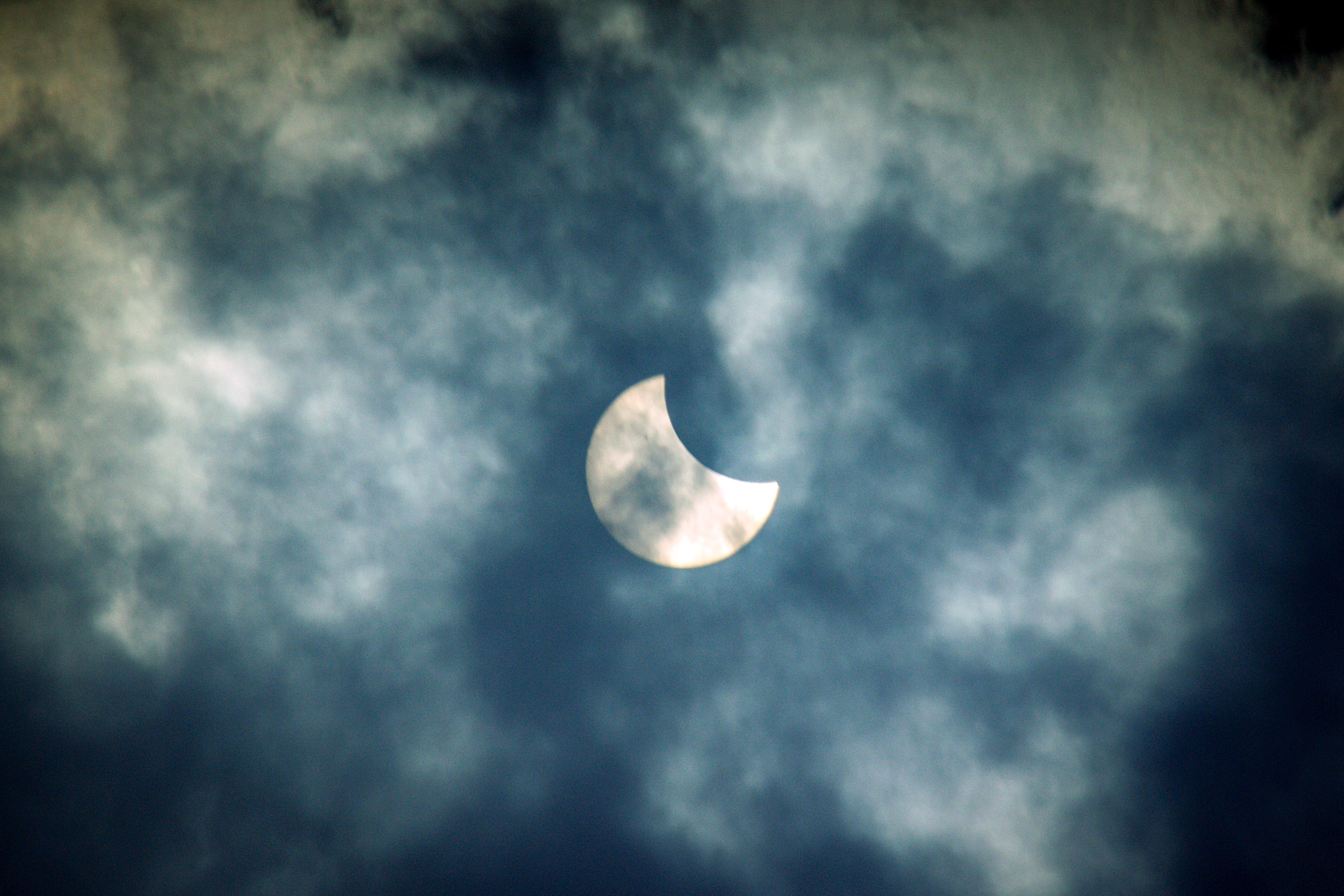
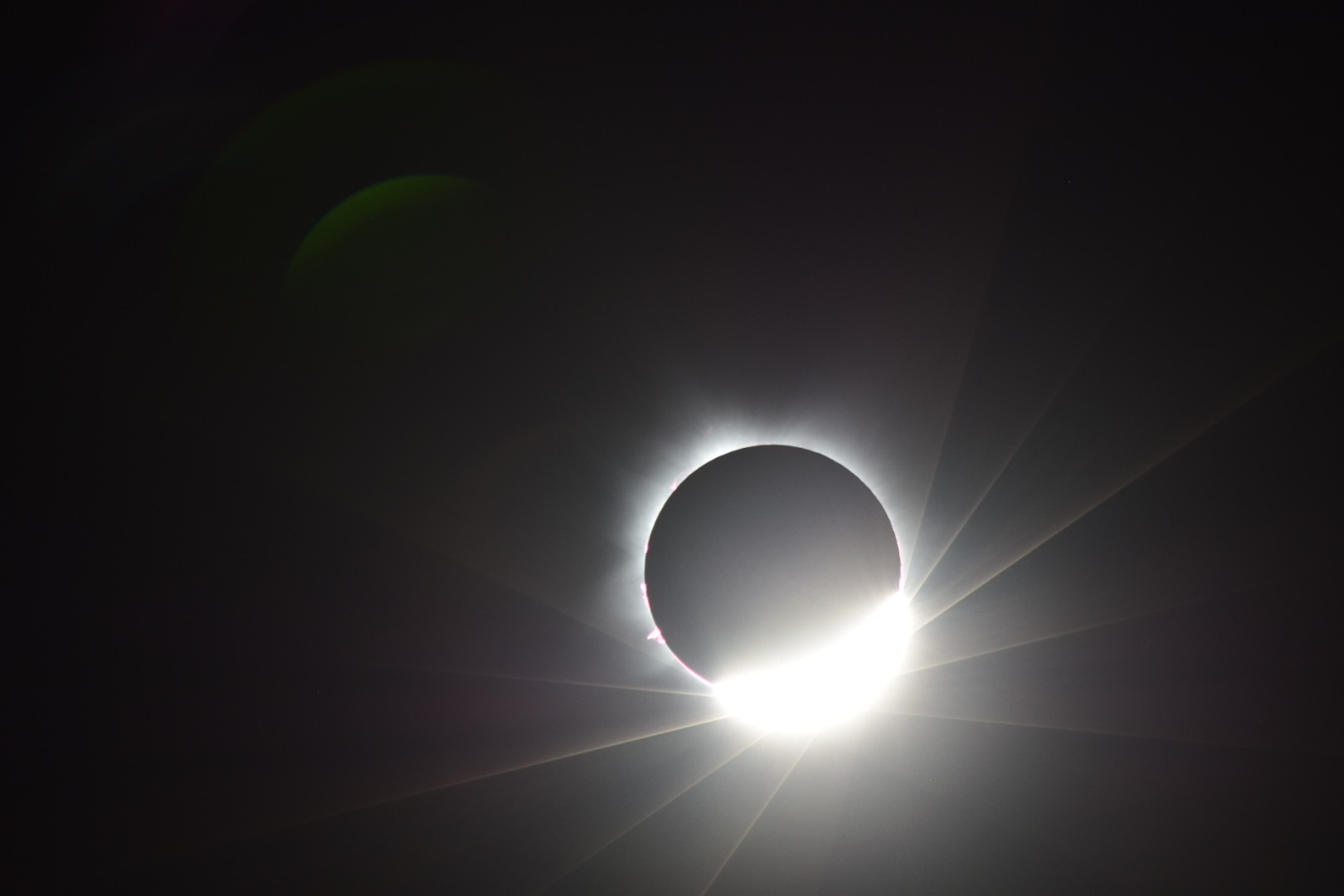
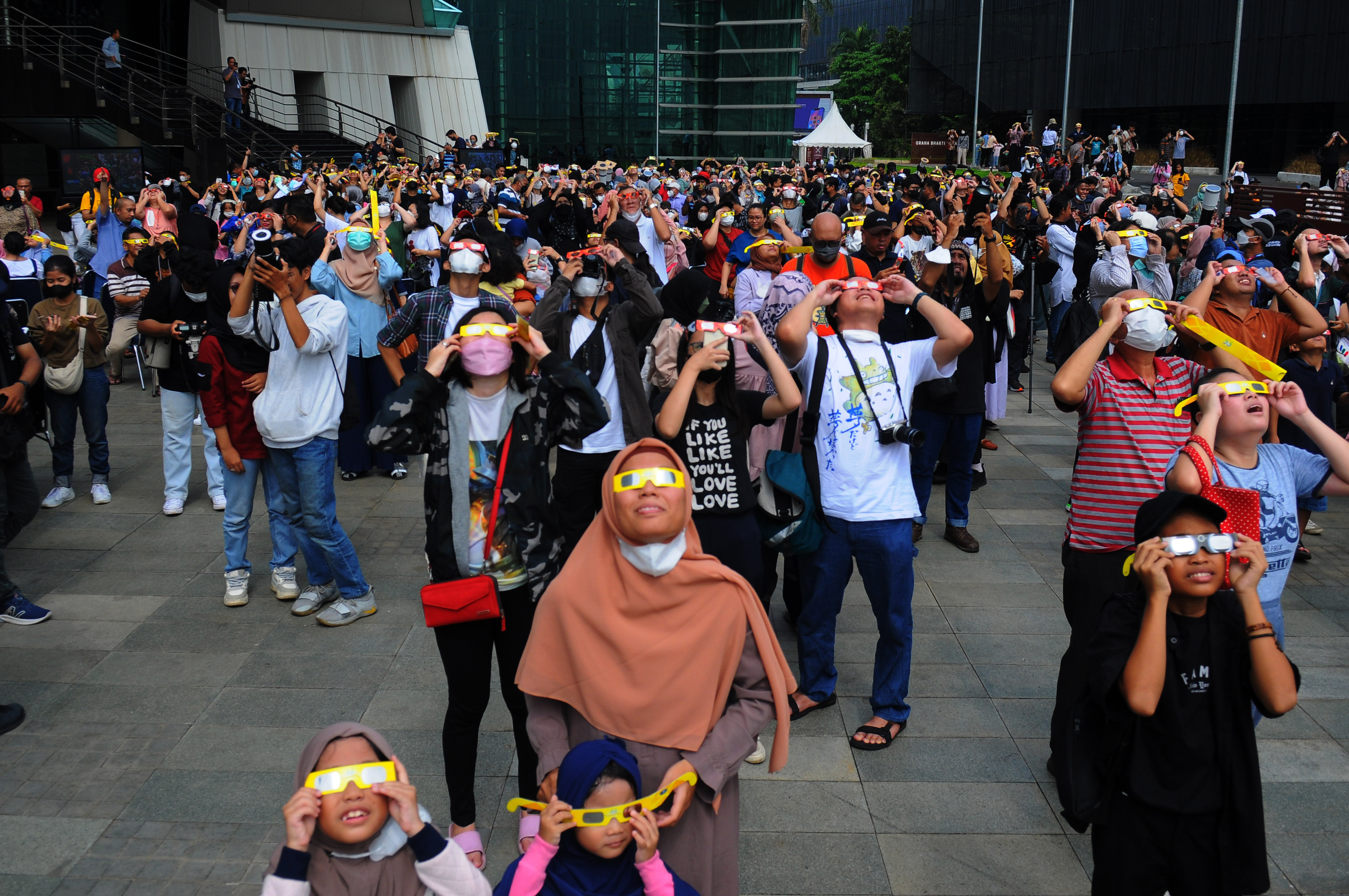
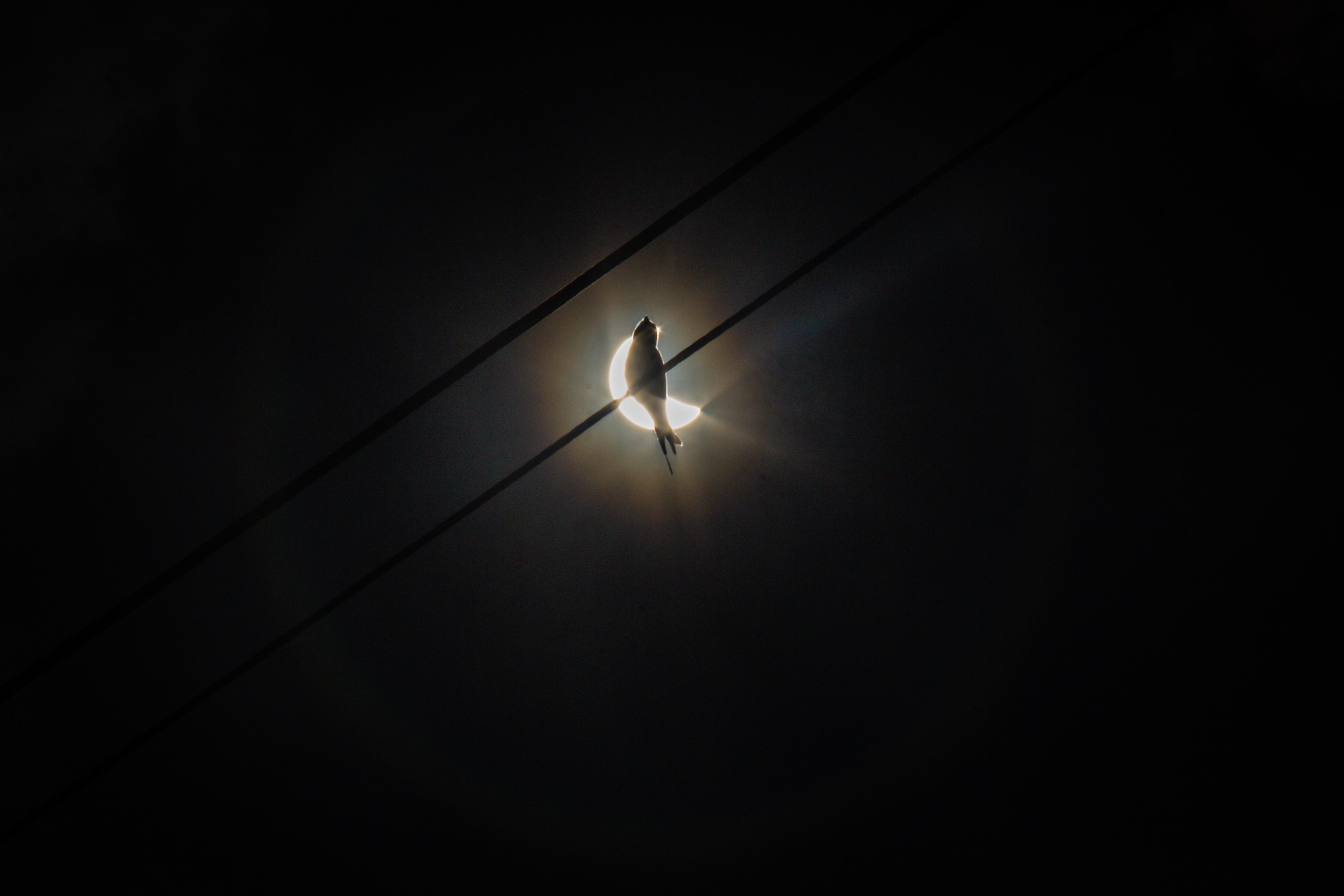
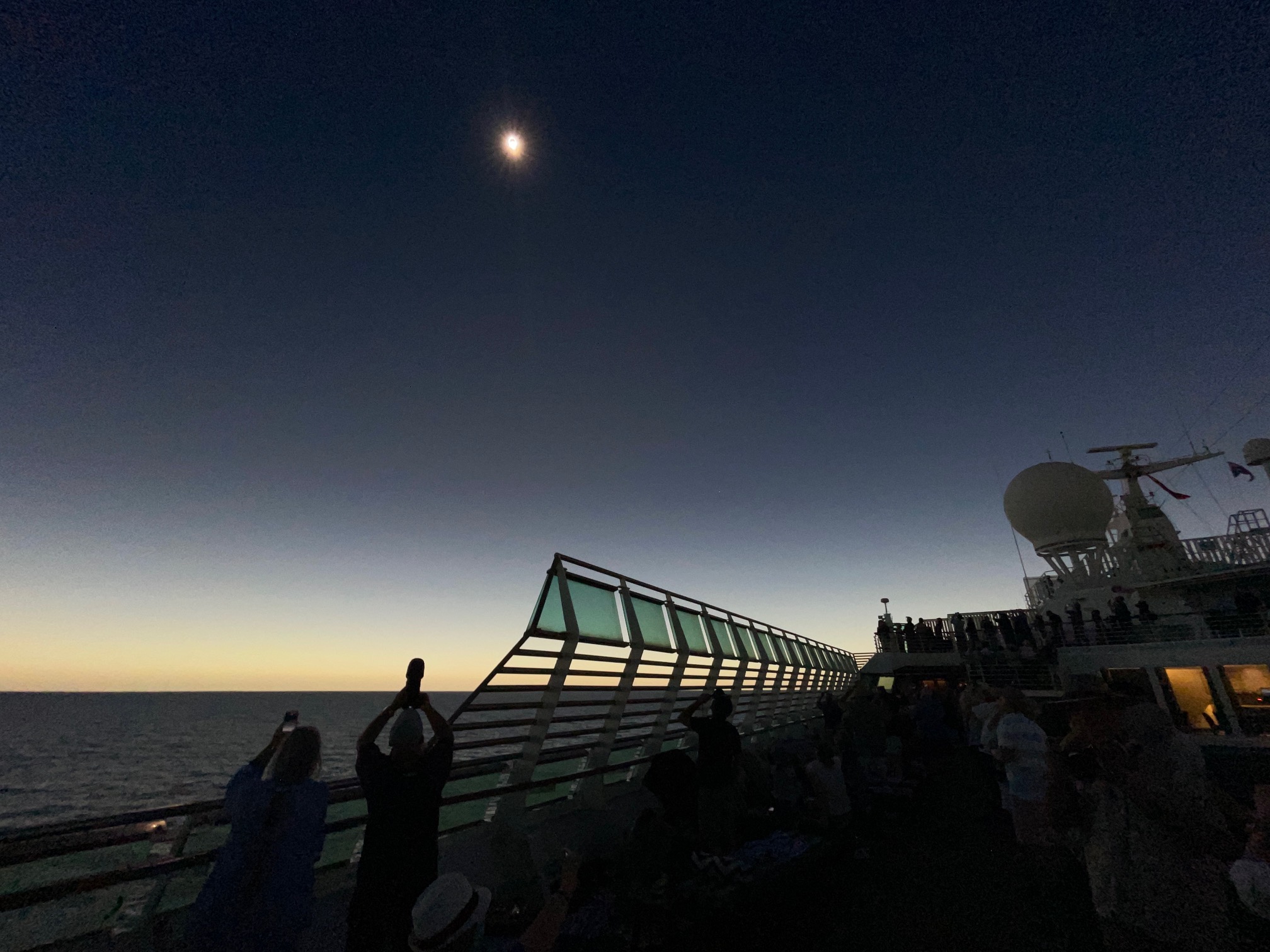

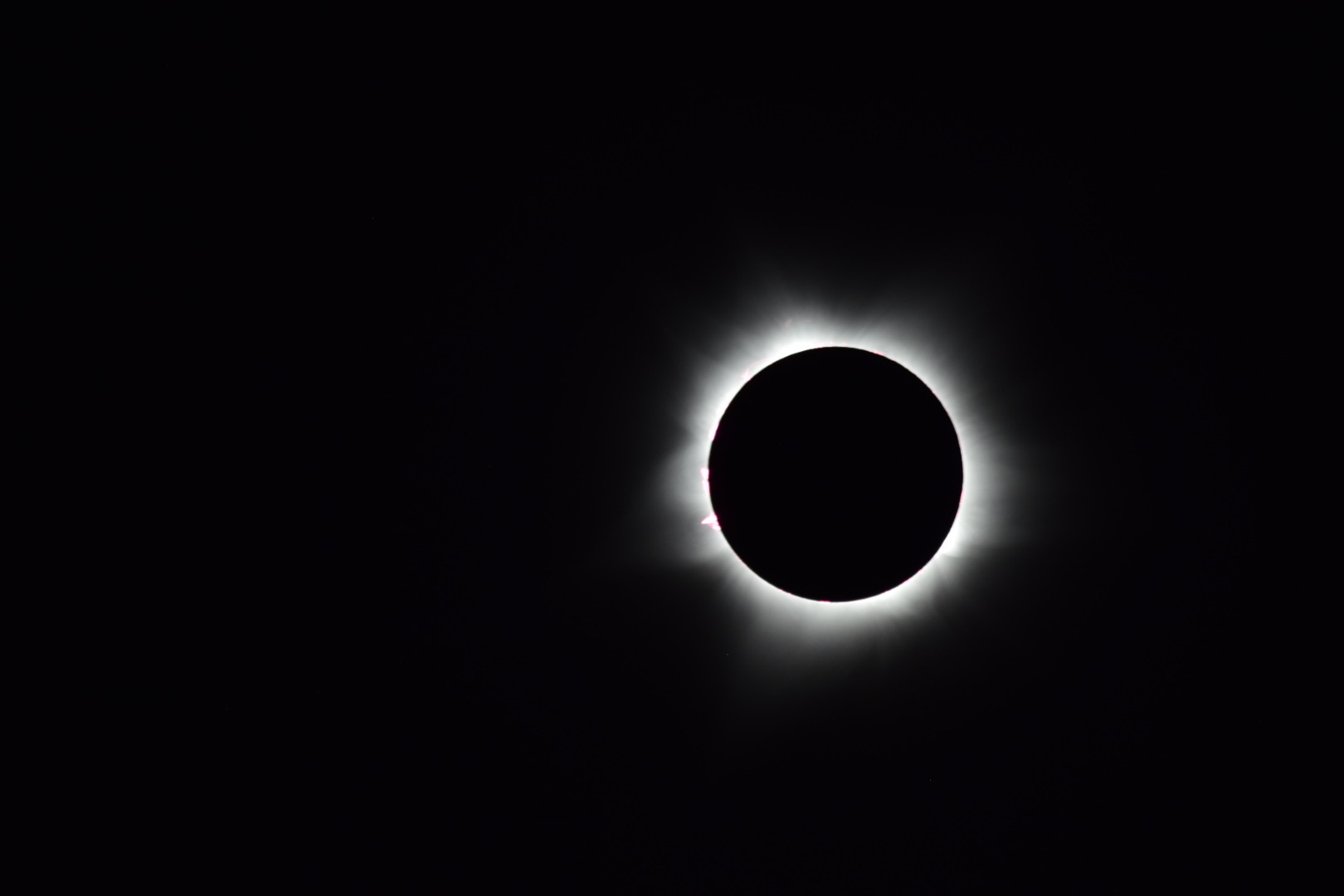
Astrophotographer and author Greg Redfern managed to snap the hybrid solar eclipse at various stages during a Sky and Telescope Insight cruise which involved viewing the eclipse in Exmouth's Peninsula Bay, Australia.
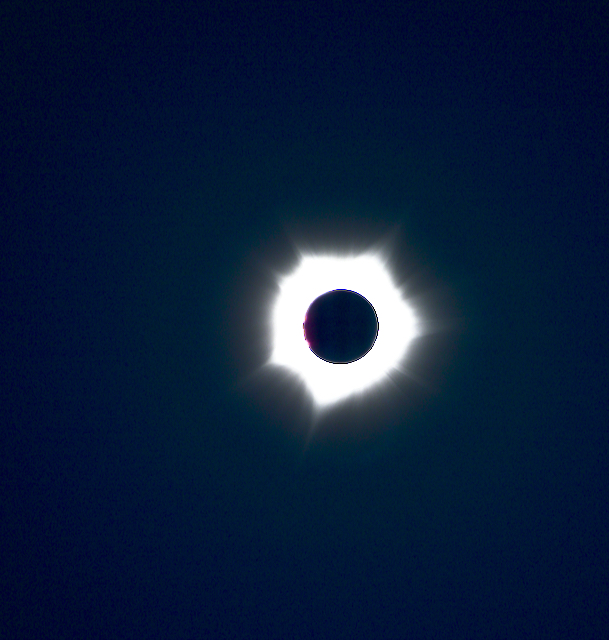
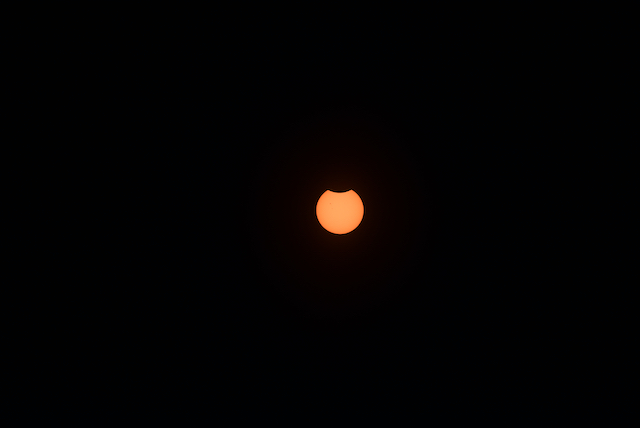
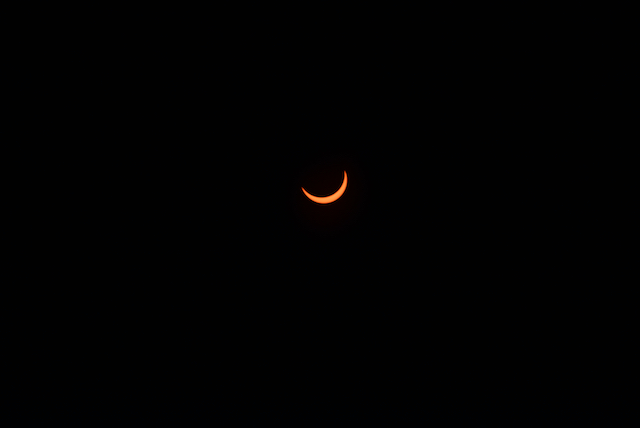
"Even though it was only 60 seconds of glorious totality, this Hybrid Total Eclipse was BEAUTIFUL" Redfern told Space.com. "To see the moon's shadow racing towards us across the Bay at 14,000 mph and then the pearl colored corona erupt into full splendor was well, out of this world."
Get the Space.com Newsletter
Breaking space news, the latest updates on rocket launches, skywatching events and more!
One Twitter user, Cuídate, captured this partial solar eclipse from Rizal Technological University in the Phillippines using an iPhone 11 mounted on a Celestron Telescope.
RARE HYBRID PARTIAL SOLAR ECLIPSE🌒📍 As seen in Rizal Technological University - Boni Mandaluyong⌚taken around 12:55PM - 1:00PM🔭 Shot using iPhone 11 Mounted on Celestron Telescope#solareclipse #HybridSolarEclipse #astrophotography #astronomy #bayanmoipatrolmo @bayanmo pic.twitter.com/N1vZqjC3UIApril 20, 2023
Another Twitter user, Hanna Ambari Shinta, posted a video of the partial solar eclipse peeking through the clouds from Java, Indonesia.
Sukak bgt liat fenomena alam ky gini, a solar eclipse hybrid atau gerhana matahari hibrida. Dikirimin video sama @DitaCalista yg lg otw mudik (kampungnya deketan sm kampung bapakku di Kulon Progo)Thankyouuu cabelitaaa..stay safe & happy holiday 🥳🥳🥳 pic.twitter.com/QJU1Nm6N1GApril 20, 2023
If you don't have the equipment to be able to view the sun directly, there are various indirect ways to view the sun. Many eclipse watchers took to Twitter to share their methods.
What's better than one eclipse? Lots of little ones shining through palm tree leaves! Gary McGhee tweeted this lovely photograph showing how palm trees can make for a helpful solar eclipse viewing aid.
The solar #Eclipse shining through a palm tree - lots of little eclipses #Eclipse2023 pic.twitter.com/aTehbObpKKApril 20, 2023
If you don't have a palm tree at your disposal, why not raid the kitchen cupboards? A colander also makes for a handy solar eclipse viewing tool, as Andy Tomkins demonstrated here in a Tweet.
Partial solar eclipse through a colander. From the Nullarbor Plain, South Australia. pic.twitter.com/bIVoUJRZOnApril 20, 2023
If you're inspired by these photographs and want to get prepared for the next solar eclipse on Oct. 14, 2023 we have guides to the best cameras for astrophotography, and the best lenses for astrophotography. Our how to photograph a solar eclipse guide will also help you plan for your next solar-observing adventure.
Follow us @Spacedotcom, or on Facebook and Instagram.
Join our Space Forums to keep talking space on the latest missions, night sky and more! And if you have a news tip, correction or comment, let us know at: community@space.com.

Daisy Dobrijevic joined Space.com in February 2022 having previously worked for our sister publication All About Space magazine as a staff writer. Before joining us, Daisy completed an editorial internship with the BBC Sky at Night Magazine and worked at the National Space Centre in Leicester, U.K., where she enjoyed communicating space science to the public. In 2021, Daisy completed a PhD in plant physiology and also holds a Master's in Environmental Science, she is currently based in Nottingham, U.K. Daisy is passionate about all things space, with a penchant for solar activity and space weather. She has a strong interest in astrotourism and loves nothing more than a good northern lights chase!









